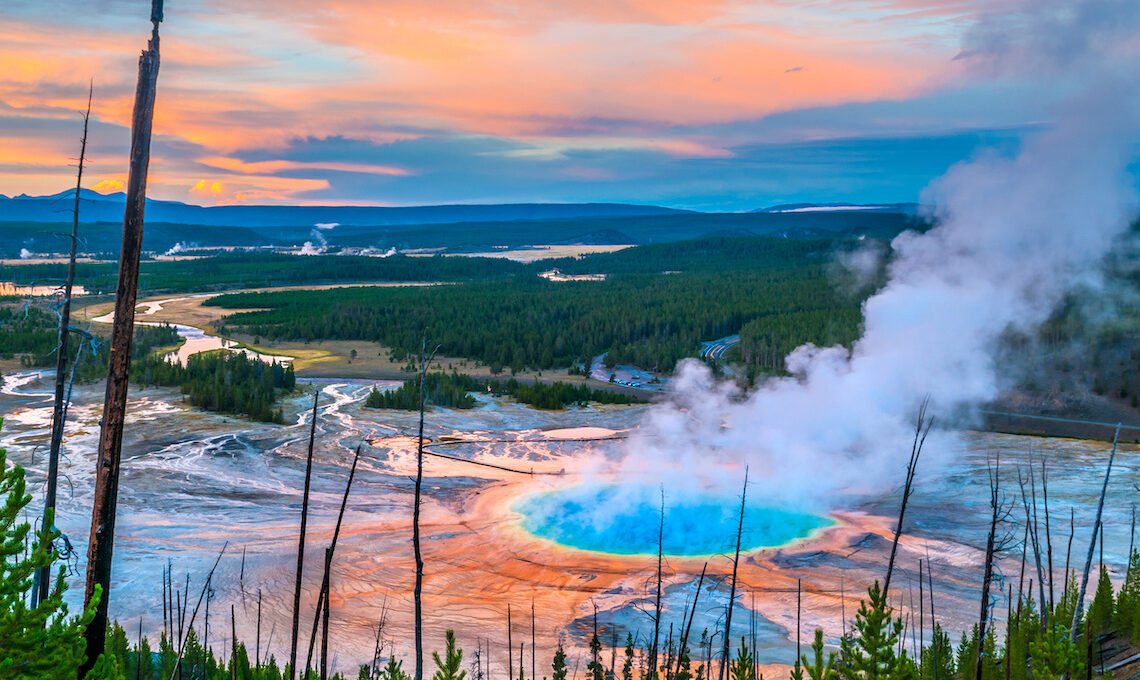
Underground music; literally
An unusual scientific-artistic collaboration has given a voice to the American national park Yellowstone, or rather, to the geology below the park. Data from a seismograph near the middle of the park is translated into music.
Behind the project are Domenico Vicinanza, a particle physicist and composer at Anglia Ruskin University, and Alyssa Schwartz, a flutist and musicologist at Fairmont State University.
Vicinanza developed software which translates the seismic data into sheet music. During the recent Community Exchange conference hosted by national research and education network (NREN) Internet2, Schwartz performed the music coming from the underground live in real time.
She not only sight read but also added her own flair on the spot. Adding to the challenge was the fact that since the Earth’s plates are nearly always moving, the data stream would not have the tiny pauses needed by a flutist to breathe. Schwarz had to sneak in these breaks as best she could.
Vibrations come in clusters
Largely located in the northwest corner of Wyoming and extending into Montana and Idaho, Yellowstone is the oldest national park in USA. Since the park is situated above a seismically active region, the underground vibrations are monitored continuously. The variability of the data was a major motivation for the project:
During the presentation at the 2023 Internet2 Community Exchange conference, Schwartz and Vicinanza explained how technology-enabled music creation can convey Yellowstone’s unique geophysical systems to raise awareness about geology and geophysics.
Next: a duet with a whale
Translating a data stream into sheet music is known as data sonification.
Previously, Vicinanza has applied the methodology both to data from the Large Hadron Collider particle accelerator in Switzerland and to data collected by the NASA spacecraft Voyager-1 as it crossed over from the Solar system into the interstellar space.
In a future project, Vicinanza and Schwartz want to perform a live duet with a whale.
The text is inspired by the article “Listen to music from Yellowstone’s seismic data” by Sarah Kuta, first published in Smithsonian Magazine.
Image: Grand Prismatic Geyser, Yellowstone National Park/Adobe Stock
For more information please contact our contributor(s):

